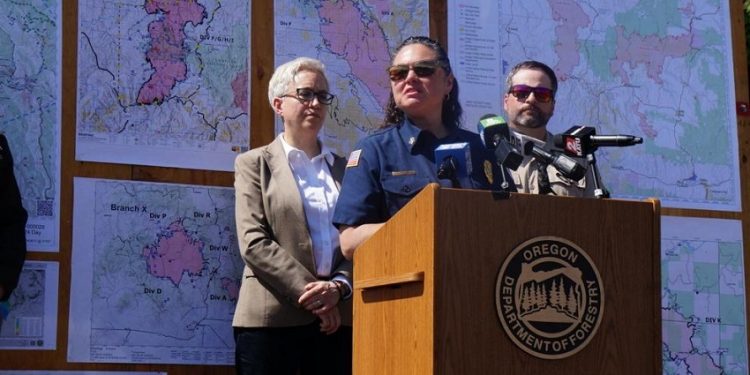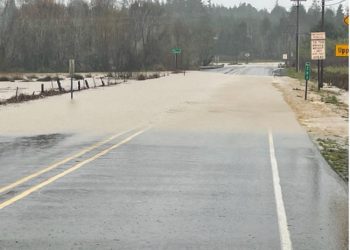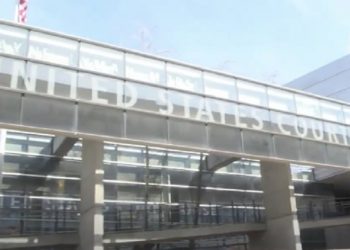Astoria, OR – Oregon is preparing for an even more intense wildfire season this summer, with experts warning of dangerous conditions due to rising temperatures and dry vegetation. Governor Tina Kotek outlined the state’s concerns at a press conference on Wednesday, noting that while winter moisture and strong snowpacks have provided some temporary relief, the hot, dry summer months will quickly turn the landscape into a tinderbox.
“Fire season is here,” Governor Kotek said. “By July and August, we will experience above-average severity that will culminate in September and October as we reach peak fire danger.”
The announcement came during a visit to the Oregon Department of Forestry’s fire cache in Salem, where millions of dollars worth of firefighting equipment and supplies are stored for rapid deployment across the state. During the conference, Kotek signed a proclamation declaring May “Wildfire Awareness Month,” urging all Oregonians to be vigilant and take responsibility for preventing wildfires.
The Governor stressed the importance of personal actions in reducing fire risk, urging campers and outdoor enthusiasts to properly extinguish campfires. “Drown the campfire, stir the ashes, and drown it again until it’s cool to the touch,” Kotek advised. She also encouraged residents to stay informed about local fire danger levels and to follow any fire-related rules and restrictions issued by authorities.
State fire officials are particularly concerned about the potential for a repeat of the devastating fire season in 2024, when nearly 2,000 wildfires scorched almost 2 million acres across Oregon. In response to these challenges, Kotek and Kyle Williams, deputy director of the Oregon Department of Forestry, outlined the state’s preparedness strategy for the upcoming season.
“We’ve learned a lot from last year’s record-breaking fires,” Williams said. “One of the key lessons was the importance of declaring emergencies early, so that agencies can collaborate and respond more effectively.” The state is also increasing aerial surveillance efforts to identify and contain wildfires before they spread out of control.
Oregon’s firefighting workforce is being bolstered with additional personnel this year. The Oregon Department of Forestry is working to fill 400 seasonal firefighting positions, complementing its 300 permanent staff. In addition, Oregon State Fire Marshal Mariana Ruiz-Temple announced that her agency will recruit 1,500 structural firefighters for the season. These efforts are in addition to the support from more than 11,000 firefighters across over 300 local fire departments, as well as federal wildland firefighters.
Oregon is also leaning on its collaborative agreements with neighboring states and Canadian provinces through the Northwest Compact, which allows for the sharing of firefighting resources during large-scale emergencies.
The state’s fire response efforts will also require coordination with federal agencies, particularly the U.S. Forest Service and Bureau of Land Management, which oversee large portions of land in Oregon. Governor Kotek emphasized the need for these federal agencies to scale up their firefighting forces on federal lands, which constitute about half of the state’s total land area.
“Federal agencies must be ready to fight fires on federal land just as we are prepared to tackle fires on state land,” Kotek said. She expressed confidence that the federal government would uphold its commitment to assist with firefighting resources and reimburse the state for its efforts, despite the challenges of securing federal funding after last year’s costly fire season.
To help cover the costs of firefighting operations, Governor Kotek is asking the state Legislature to establish a $150 million fund to address unforeseen expenses. This request comes after the state spent over $350 million on wildfire response in 2024, with half of those costs expected to be reimbursed by federal agencies. However, Oregon must pay contractors upfront for their services, and the state often has to wait months—or even longer—for reimbursement.
Despite concerns over the potential for political tensions between the U.S. and Canada, particularly regarding trade issues, Kotek expressed confidence that the relationship between northwest states and Canadian provinces would not be affected. “It’s business as usual,” Kotek stated. “We’re all going to support each other, and hopefully, there won’t be any disruptions at the border.”
As Oregon heads into what could be another challenging wildfire season, the state is taking proactive measures to ensure a swift and coordinated response. With the combined efforts of state, local, and federal agencies, along with support from neighboring states and Canada, Oregon is hoping to mitigate the devastating impacts of wildfires and safeguard communities throughout the summer and fall.













